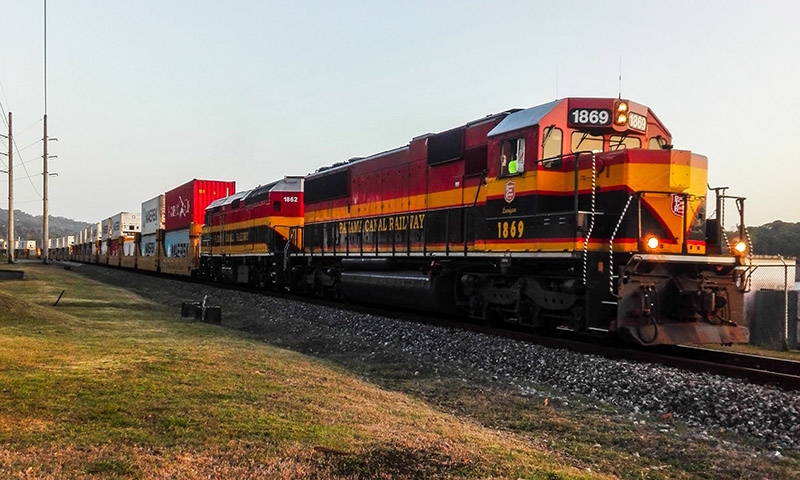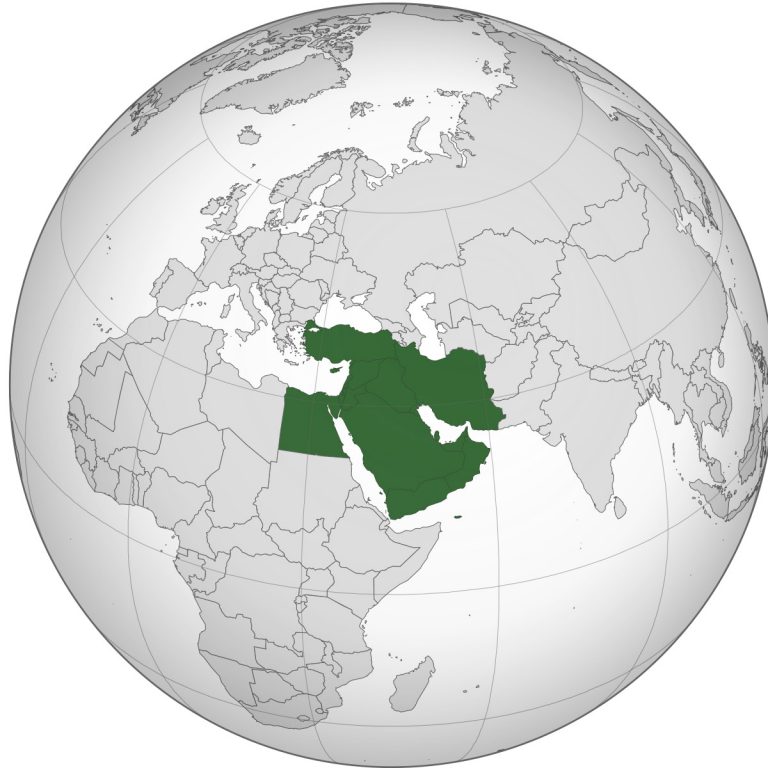Kavir Trading as an import and export agency presented This information helps you to understand INCOTERMS or shipment Jargons. In order to be more comfortable, we sorted this information alphabetically.
Everyone in the world of shipping, freight forwarding and logistics and import and export agency need to understand this information.
What is the Air Freight?
Goods are transported by aircraft. Usually the quickest method of shipping internationally.
What is the BAF (Bunker Adjustment Factor)?
Also known as Bunker Surcharge. A sea freight surcharge applied by the carrier represents fluctuations in oil prices.
What is the Bunker?
The name given to the oil used to fuel ocean vessels.
What is the Bill of Lading (B/L or BOL)?
Official shipping document containing details about the shipment. The release of this document to the intended recipient of goods is representative of transfer of ownership, so it is often held until final payment is complete. The original paper B/L or electronic release (see Telex Release) is required for the delivery of goods.
What is the CAF (Currency Adjustment Factor)?
Also known as Currency Surcharge. A sea freight surcharge applied by the carrier represents fluctuations in exchange rates.
What is a Cargo in Import and Export Agency?
Goods for transportation by air, sea or road.
What is the Carrier Alliance?
A vessel-sharing agreement to allow carriers to extend their services and geographical coverage.
What is the CBF (Cubic Feet – FT3)?
Cubic Feet. The non-metric unit is sometimes used to calculate volume in the US, Canada and the UK.
CBM (Cubic Metre – M3)
Cubic Metre. The unit is usually used to calculate volume. One cubic metre is equal to 100cm x 100cm x 100cm.
What is the Certificate of Origin (C of O, Form A)?
An official document certifying the country the goods originated from, usually issued or signed by the appropriate Government Department, Chamber of Commerce or Embassy of the exporting country. Not always required but having one can lower the payable import duties of some countries.
What is the CFS (Container Freight Station)?
Carrier facility/warehouse (usually located in or close to Port) where LCL (Less Than Container Load) shipments are loaded or unloaded.
What is the CHIEF System?
The Customs Handling of Import and Export Freight (CHIEF) system. Allows importers, exporters and freight forwarders to input customs information electronically, calculating payable duties and taxes, and checking for errors automatically. Also identifies which consignments require examination of goods or documentation, allowing faster entry for low-risk goods.
What is the CISF (China Import Service Fee)?
A hidden cost can occur when goods are sent on CFR or CIF shipping terms.
How do I get a Clean Bill of Lading?
A receipt was issued after inspection by the carrier, confirming that the goods were received undamaged and in the correct quantity. A foul bill of lading indicates that goods were received in poor condition or with items missing.
What is the Commercial Invoice?
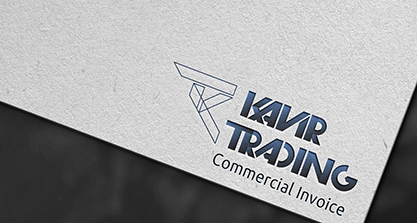
A document containing information about the goods, typically including type, quantity, price of each product and terms of sale. Also, shows the buyer and seller details. Used to declare goods to Customs and to calculate the payable duties and taxes. Completion and submission is the responsibility of the signatory (sender of the goods).
Where are Commodity Codes using?
Commodity codes are used to classify goods for import and export agencies in UK, to ensure the right amounts of tax, VAT and duty are paid. You can find commodity codes using the online Trade Tariff at GOV.UK.
who is the Consignee (Cnee)?
Usually the buyer. The person or company responsible for receiving the goods.
What is the Consignment?
The shipment. A batch of goods being delivered from consignor (usually the seller) to consignee (the receiver of goods, usually the buyer.)
Consignment Sale (also Consignment Contract)
Under the terms of a consignment contract, the consignee sells the goods on behalf of the consignor, on a commission basis. The consignor retains ownership of the goods until they are sold, with any unsold goods usually returned.
Who is the Consignor (also Consigner)?
Usually the seller. The person or company that retains original ownership of goods until transferred to the consignee (usually the buyer).
How much is Customs Duty?
Goods sent from outside of the EU to the UK may be subject to Customs Duty, except in case where the value is below £135, or the actual duty payable is less than £7. This may change when the UK is no longer an EU member.
What is a Deferment account?
A deferment account is a bank account held with Customs to pay the relevant duties and VAT. An importer can apply to set up their own deferment account with HMRC or use the deferment account of an import agent/customs broker (usually for a charge).
What is the Demurrage charges?
A charge applied by the carrier for having to hold a freight vehicle or container for longer than arranged. Can sometimes occur when a full container takes longer than the allotted three hours to unload.
What is the DDU (Delivered Duty Unpaid) terms?
A term indicating that the consignee must pay local duties and taxes at the agreed delivery point.
What is the DDP (Delivered Duty Paid) terms?
A term indicating that the shipper/consignor is responsible for paying all duties and taxes at the agreed delivery point.
What is the Devanning (also Unstuffing, Unloading or Unpacking)?
The process of removing the cargo from a container.
Who usually issue the Dock Receipt?
Issued by a carrier to confirm receipt of a shipment at the expected dock or warehouse facility. The dock receipt transfers accountability for the cargo from the shipper to the carrier and is useful in ensuring goods arrived at the right location and on time.
Dunnage
Loose materials used to support cargo and keep it in position in the container during transportation. Also used in the ship’s hold to prevent cargo from moisture and contamination. Examples include wood, paper, burlap and inflatable air bags.
What is the Duty?
A tax applied to imported and exported goods by the Customs authority of a country. If you are importing or exporting within the EU, there’s no duty payable. When importing and exporting to and from non-EU countries, you may be able to claim some or all of the amount payable back through a duty relief scheme.
Duties and Taxes
Customs duties and taxes may be payable when importing and exporting goods, and vary from country to country.
Were EORI (Economic Operator Registration and Identification number)use?
Used by UK Customs to keep a record of imported and exported goods, and required by all businesses within the EU when importing or exporting commercial cargo (not goods for private use) from or to a destination outside of the EU. This number is required for a commercial invoice, when submitting an electronic export declaration, and when using the CHIEF system. If you are using a courier or freight forwarder, they will need the EORI number. It is easy to apply for an EORI number online and usually, takes three working days to receive.
What ETA (Estimated Time of Arrival) means?
Used to indicate what time and date the ship is expected to arrive at its destination port. Usually seen on shipping schedules.
What ETB (Estimated Time of Berthing) means?
Used to indicate what time and date the ship is expected to berth at its destination port. Usually seen in the pre-arrival notifications sent to ships.
ETC (Estimated Time of Completion)
Used to indicate the time and date the ship is expected to complete its cargo operations in port. Usually seen on arrival reports sent to ship owners.
ETD (Estimated Time of Departure)
Used to indicate what time and date the ship is expected to leave port. Usually seen on shipping schedules and arrival reports.
ETS (Estimated Time of Sailing)
Sometimes used instead of ETD (Estimated Time of Departure). Indicates what time the ship is expected to set sail.
what is the Excise Duty in an Import and Export Agency
Excise duty (or excise tax) is charged at the current rates when importing tobacco, alcohol, hydrocarbon oil and biofuels from outside of the EU. Goods moving within the EU should have excise duty already included in the price.
Export Licence
Some items require a government-issued export licence before they are shipped internationally. Whether you need an export licence depends on the country you are exporting from, the destination, the type of goods and the end use. In the case of exporting from the UK, most goods do not require a licence, but it is the exporter’s responsibility to ensure this is in place if needed.
FCL (Full Container Load Shipment)
FCL refers to one 20 or 40ft container filled with cargo and is the standard set by the ISO (International Organization for Standardization).
Feeder Vessel
A small vessel that moves goods a short distance to and from port, linking smaller ports that have less traffic to bigger ports. Usually used when a shipper wants to use a port that the ‘mother vessel’ doesn’t serve. Feeder vessels collect shipping containers from ports and transport them to container terminals where they are loaded onto bigger vessels or other means of transportation.
FEU (Forty-Foot Equivalent Unit)
The inexact method of measuring a ship’s capacity for carrying cargo and the handling capacity of container ports. Refers to the size of a standard 40ft container unit.
Free-Trade Zone
A type of special economic zone (an area where the business and trade laws are different to the rest of the country) where non-prohibited goods can be stored, handled, used for manufacture or re-exported, without customs intervention. While in a free-trade zone, taxes and duties are not applicable. The purpose of a free-trade zone is to make buying and selling goods easier and cheaper, and they are mostly found in developing countries as an economy-boosting measure.
Freight
Goods that are transported, usually in bulk, from one place to another. Freight can be carried by land, sea or air.
Freight Forwarder
A freight forwarder is an independent company that will take care of the shipping process on your behalf. They will typically manage all aspects of shipping, including ensuring the correct documentation is completed. They may also offer a variety of wraparound services, including product sourcing, packing, unpacking, warehouse storage and end-point delivery.
Import Duty
A tax collected on imports by the Customs authorities of a country. This is typically calculated based on the value of the goods.
Import Licence
Some items require a government-issued import licence before they are brought into the country. In the case of importing into the UK, most goods do not need a licence, but it is the importer’s responsibility to ensure this is in place if needed.
Kerbside Delivery
The standard delivery terms for a shipment, unless agreed otherwise. The delivery truck will be parked at the premises of the recipient, and the recipient is responsible for unloading.
LCL (Less than Container Load Shipment)
LCL refers to a shipment that doesn’t fill one 20 or 40ft standard container. The container is therefore loaded with cargo from multiple consignees. On arrival at the destination port, the goods are deconsolidated (separated) at a container freight station (CFS). LCL costs more to ship per unit of freight than FCL but may be the cheaper option for small shipments.
Local charges
The charges payable to a terminal, local tax authority and/or government, when importing or exporting goods. It is important to know what local charges you are responsible for when calculating the cost of shipping goods.
Marine Insurance
Covers loss or damage to a ship and its cargo.
MSDS (Material Safety Data Sheet)
A form containing information regarding hazardous cargo, including guidance on how it needs to be handled during shipping.
NES (National Export Service)
The National Export Service (NES) is used by exporters to declare their intent to export to non-EU countries electronically. It is part of the CHIEF system.
Notify Party
The person or company that is indicated on the Bill of Lading for notification of the ship’s landing at its destination. Usually the Consignee.
NVOCC (Non-Vessel Operating Common Carrier)
Used to describe a freight forwarder that doesn’t own a ship or vessel.
OBNI (Overseas Business Networks Initiative)
The Overseas Business Networks Initiative (OBNI) – also known as the British Chamber of Commerce Global Business Network – is designed to support British companies looking to export to 41 high growth and emerging markets worldwide, including China, Hong Kong, Japan, India and Mexico. The practical services offered focus on driving and encouraging export growth.
Packing List
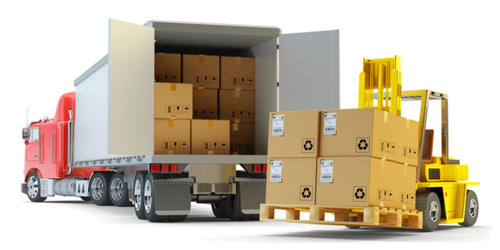
A packing list contains information on the contents of a consignment. It details the contents of each package or container, often including dimensions and weight. This information is handed by the manufacturer to the import and export agency. It is completed by the shipper/seller of the goods and used by the receiver to verify the items sent. It may also be used by other agencies and parties involved with shipping.
Payload
The maximum permitted cargo that can be loaded into a shipping container, measured either by mass or weight, including dunnage and any other securement items.
Port
A harbour or dock where ships can load and unload cargo. Also used to describe a town or city with a harbour i.e. the Port of Felixstowe.
POD (Port of Discharge)
The port at which goods are off-loaded from the ship and discharged for collection or further onward transportation. May or may not be the final Destination Port.
Port Handling Charge (also Terminal Handling Charge)
Every year import and export agencies provide a chart payable to the shipping carriers to cover the handling of containers. In the UK these charges are payable per container for both import and export shipments.
POL (Port of Loading or Port of Origin)
The port at which the goods are loaded onto the ship to be transported.
Port Side
A term used to indicate the left side of the ship.
Quota
Some countries restrict the importation of certain goods with an import quota. This refers to the amount of these goods that are allowed into a country, within a given period. If the quota is exceeded, additional duties or restrictions may be enforced. It is the importer’s responsibility to be aware of any import restrictions and ensure the right licence is in place.
Rating
The maximum permitted total mass or weight of a container, including contents. Every import and export agency have this chart. You should also consider the maximum weight limits applicable in the countries of origin and destination.
Road Haulage / Trucking
Goods are transported by road, usually by truck.
STC (Said To Contain)
Shipping term on a Bill of Lading that indicates that the carrier has not verified the contents of a container, as declared by the shipper.
Sea Freight
Goods transported by ship. Usually the most cost-efficient method of shipping internationally.
Shipment
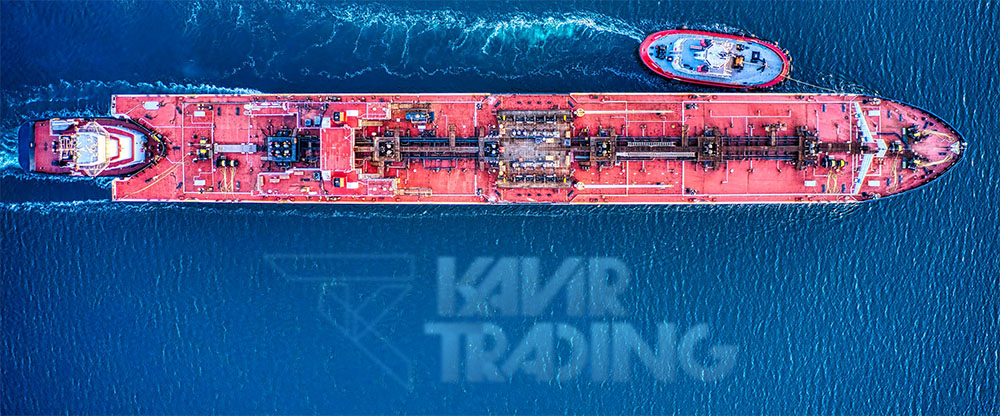
The quantity of goods shipped together, often on a single bill of lading or air waybill.
Shipper
The sender of the goods. Often the Consignor.
SLAC (Shippers Load Stow and Count)
Shipping term on a Bill of Lading that indicates the shipper’s responsibility for the packing of the container. It is used to protect the carrier in the event of any missing or damaged cargo.
Shipping Agency
A shipping agency is working with the import and export agency. They put agents in a position in port to deal with the transactions of the ships, on behalf of the owner or shipping company. The responsibilities of a shipping agent could include the organisation and wellbeing of the crew, arranging for repairs and maintenance, and ensuring the applicable port taxes, fees and duties are paid.
Shipping Cost Per Unit
The total cost of shipping your cargo, divided by the number of units sent.
Shipping Marks and Numbers
Shipping marks and numbers are used on the cartons within a container for identification purposes. They are especially important in the case of shared containers (LCL shipments). They include the size and weight of the carton, the recipient and the number of the carton (i.e. 1 of 4). They sometimes also include a shape.
Spot Freight Rates
The price of transporting cargo from one place to another, at the time of quotation/transaction. These fluctuate depending on the economy, supply and demand and other influencing factors. Ongoing ‘Contract Freight Rates’ are the alternative.
Tail Lift Delivery
Goods are delivered in a truck with a tail lift on the back to enable the driver to lower them to the ground. Essential if you are expecting a delivery of heavy goods and don’t have access to a forklift to get them off the vehicle.
Tare
The mass or weight of an empty shipping container. Can vary depending on the type, manufacturer and age of the container.
Tariff Code (also Commodity Code)
A code allocated to products for the purpose of clearing through UK customs. The code determines the percentage of duty that’s payable on the product. Look up the relevant code at www.gov.uk/trade-tariff.
Telex Release
A term referring to the electronic handover of the Bill of Lading. Telex Release is an instant method that makes it preferable over the paper method, which involves the shipper posting the Original B/L to the Consignee for forwarding before the goods can be released.
TEU (Twenty-Foot Equivalent Unit)
The inexact method of measuring a ship’s capacity for carrying cargo and the handling capacity of container ports. Refers to the size of a standard 20ft container unit.
THC (Terminal Handling Charge)
Also known as Port Handling Charge. Payable to the shipping carriers to cover the handling of containers. In the UK these charges are payable per container for both import and export shipments.
Transaction Statement
The transaction statement sets out the agreement between importer and exporter, clearly documenting terms and conditions to protect both parties.
Tranship
The transfer of cargo from one ship, or other modes of transport, to another.
Transit Time
The amount of time it takes for the vessel to travel between the Port of Loading and the Port of Discharge.
Vessel
A ship or large boat. Used in shipping to transport sea freight.
Wharfage
A charge is applied by a terminal or port to cover the cost of handling incoming and outgoing goods. This is one of the charges an importer is liable for and is a fee paid for the use of the wharf.

